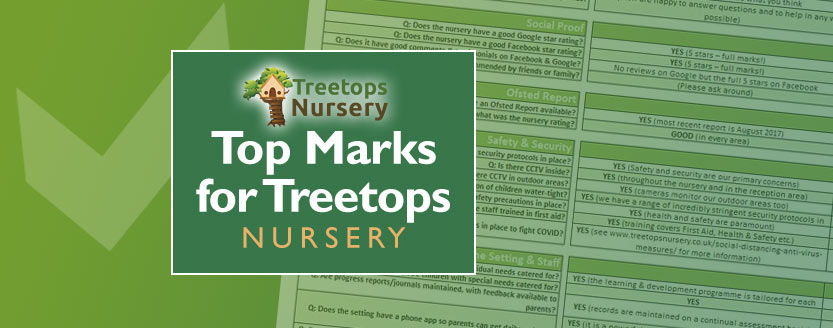
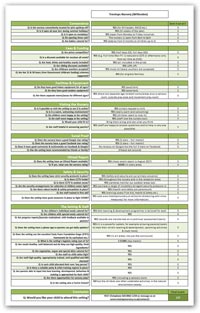 Back in December, we published what turned out to be a very popular checklist for choosing a nursery. Our interactive file was a downloaded multiple times and continues to be shared amongst those looking for a good nursery for their children, right across the UK.
Back in December, we published what turned out to be a very popular checklist for choosing a nursery. Our interactive file was a downloaded multiple times and continues to be shared amongst those looking for a good nursery for their children, right across the UK.
How Does Treetops Nursery Measure Up?
Here we’ll explore how Treetops Nursery measures up when using the Nursery Checklist. As you’ll see, Treetops performs extremely well. Take a look …
Convenient
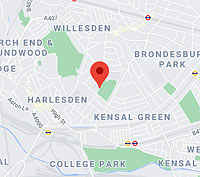 The nursery would be extremely hard to beat if you’re looking for high quality childcare from a nursery or pre-school in the Willesden, Willesden Green, Harlesden or Kensal Green areas in north west London and the NW10 postal zone.
The nursery would be extremely hard to beat if you’re looking for high quality childcare from a nursery or pre-school in the Willesden, Willesden Green, Harlesden or Kensal Green areas in north west London and the NW10 postal zone.
The setting is open 51 weeks of the year from Monday to Friday, only closing for a week over Christmas/New Year and during public or bank holidays. It’s open early from 8am right through to 6pm.
The nursery caters for babies from 6 months of age to children up to five years old, so is a perfect setting where children can prepare for the move to school at age five, while allowing parents and carers to continue with their careers in the interim.
Low Fees & Support for Government Funding Schemes
Fees at Treetops Nursery are extremely competitive, with half days costing no more than £40 per session and full days just £70. For those attending all week Monday to Friday, this is discounted to £300 for the week, or half day sessions all week would be £200 (prices correct at September 2021). Siblings receive a further 10% discount. All food, drinks and healthy snacks are included in the pricing.
Most childcare vouchers are accepted and the nursery supports 15 and 30 Government-funded hours for eligible children aged 2 to 4.
So, full marks for affordability!
Excellent Facilities & Equipment
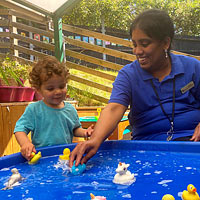 Equipment and facilities at the nursery are excellent, both indoors and outside. An excellent overview of our outdoor spaces and play areas is available here and you can learn more about our excellent equipment and facilities, including for sensory play, here. As you’ll see via that link, there are also separate rooms and areas for each particular age group plus a sensory room and movement play room. Treetops Nursery is also lucky in having several natural outdoor spaces close by, so that children can enjoy the outdoors and learn from nature.
Equipment and facilities at the nursery are excellent, both indoors and outside. An excellent overview of our outdoor spaces and play areas is available here and you can learn more about our excellent equipment and facilities, including for sensory play, here. As you’ll see via that link, there are also separate rooms and areas for each particular age group plus a sensory room and movement play room. Treetops Nursery is also lucky in having several natural outdoor spaces close by, so that children can enjoy the outdoors and learn from nature.
You Can Visit the Nursery
We welcome parents and carers who are considering Treetops Nursery for their child. Come and see the setting for yourself and bring your baby or child with you — you’ll soon see how easily they could fit in. Click the button below to arrange a visit:
You’ll see that the nursery is warm and welcoming – a true home-from-home for your baby or child. Children and staff are happy at the setting and the little ones settle in very quickly when they first join. Staff will be happy to show you around, tell you everything about the nursery and to answer any questions that you might have. We’re here to help!
Don’t Take Our Word For It! Here’s What Others are Saying ….
Treetops Nursery scores 100% in independent online reviews, for example, scoring the full 5 Stars on Facebook’s reviews section. It doesn’t get any better than that! Just a few of the lovely comments people have written include:
“Really nice nursery with experienced staff and nurturing environment, great space too”
We’re extremely well thought-of as a nursery so, if you’re local to us, ask around and we’re convinced our previous parents will give glowing feedback about how well we looked after their little ones.
“My child has been with treetops since 9 months old and has worked her way up through all of their rooms … [she] is extremely happy at treetops, she has made lovely friends over her years. She is very fond of all of the staff … always enjoys her meals and tells me all about her activities at the end of the day. I would highly recommend treetops to any parent looking for a nursery place.”
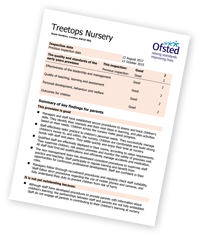 A Good Ofsted Report
A Good Ofsted Report
Our most recent Ofsted Report was also full of wonderful comments from the inspector who visited last time around. Take a look at our in-depth article showing all the positive feedback contained in our Ofsted report and you’ll soon see why we passed every benchmark with flying colours. We were officially rated as ‘a good nursery’ in every single category!
Excellent Safety & Security for Your Child
Treetops Nursery has excellent security protocols in place to protect children under its care. These include CCTV monitoring throughout the nursery, including indoors, in all the outdoor spaces and also in the reception/entrance area. Safety and security are primary concerns of all staff and stringent protocols are in place to ensure children are safe at all times, including at drop-off and pick-up times. These protocols ensure that only the right people have access to the children.
There are also robust health and safety protocols and measures in place to protect the children’s wellbeing. Staff are trained in First Aid, Safeguarding and Health & Safety as appropriate and the nursery also has suitable anti-COVID precautions in place to protect the wellbeing of staff, children and their parents or carers during the pandemic.
Excellent Additional Features
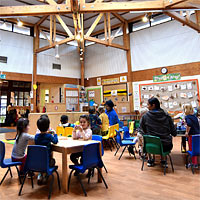 Children’s individual needs, including for those with special needs, are well catered-for at Treetops Nursery, Willesden. In fact, a learning and development programme is tailored to the needs, strengths, weaknesses and interests of each individual child. A ‘Key Person’ is also assigned to each child and this staff member continually monitors their progress, making changes to the tailored programme as appropriate as time goes by. Parents and carers are kept fully informed of children’s progress, including via a journal that is kept for each child. Parents are also free to add notes to the progress journal so a more complete picture is maintained for every child.
Children’s individual needs, including for those with special needs, are well catered-for at Treetops Nursery, Willesden. In fact, a learning and development programme is tailored to the needs, strengths, weaknesses and interests of each individual child. A ‘Key Person’ is also assigned to each child and this staff member continually monitors their progress, making changes to the tailored programme as appropriate as time goes by. Parents and carers are kept fully informed of children’s progress, including via a journal that is kept for each child. Parents are also free to add notes to the progress journal so a more complete picture is maintained for every child.
The nursery also has a very useful and informative phone app for parents and carers. It allows them to track their child’s learning and development, activities and more.
Within the fees, Treetops Nursery supplies healthy, balanced meals using fresh, high quality ingredients. Special diets are also catered for, including vegan, vegetarian, etc. We also have a 5 Star food hygiene rating – once again top marks!
The setting utilises the Early Years Foundation Stage (EYFS) framework for all that it delivers. This high quality framework covers everything from the nursery curriculum to safeguarding, learning and development programmes, health & safety, suitability of staff and the ‘Key Person’ approach for each individual child. High staff-to-child ratios are all a part of this – and much more. It’s an excellent framework around which the entire nursery operates.
A Nursery Place for Your Baby or Child, in Willesden
If you like what you see in this round-up of what Treetops Nursery has to offer, perhaps consider Treetops as a nursery/pre-school for your baby, toddler or child. Our outstanding nursery is in Willesden, near Willesden Green, Harlesden and Kensal Green in London NW10. Do, please, get in touch while a few places are still available. We’ll be happy to tell you more, answer any questions and show you/your child around. Please choose an option:

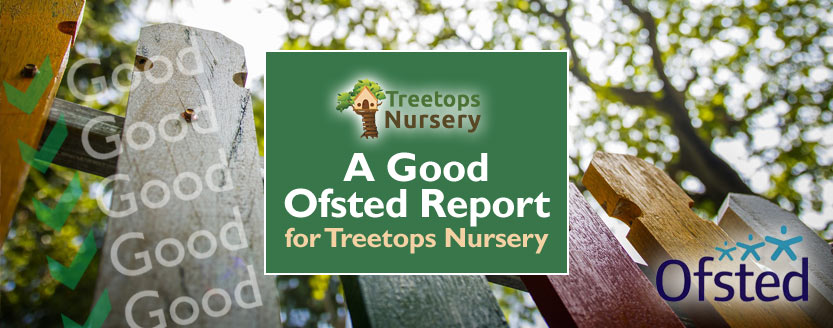
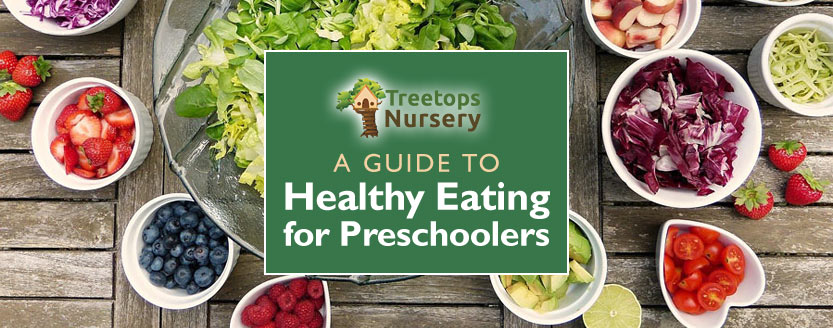
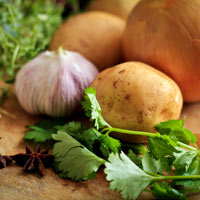 Healthy, Balanced Meals for Children
Healthy, Balanced Meals for Children The Benefits of Healthy Eating for Children
The Benefits of Healthy Eating for Children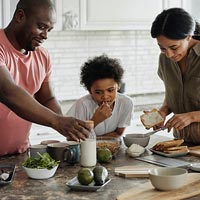 What Should Children be Eating & Drinking?
What Should Children be Eating & Drinking?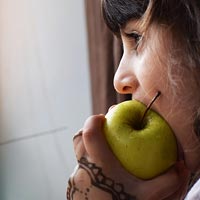 Portion Sizes
Portion Sizes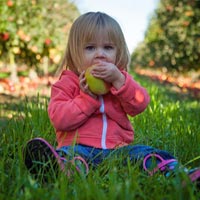 Healthy Eating at the Nursery
Healthy Eating at the Nursery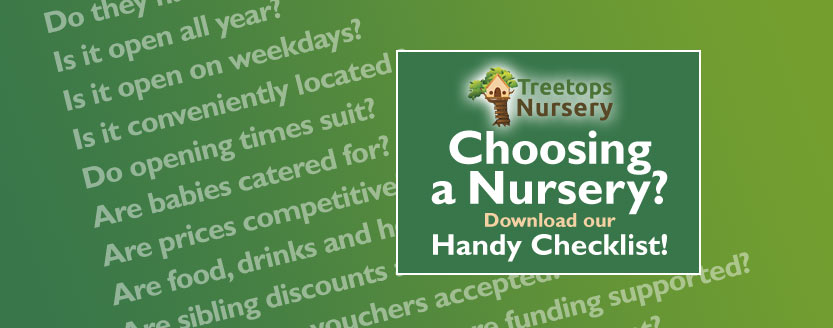
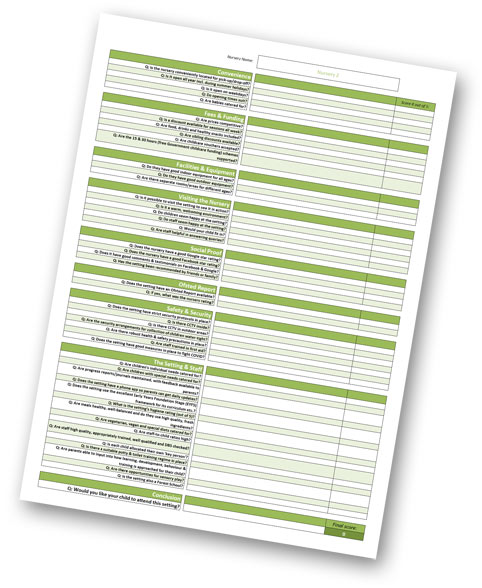
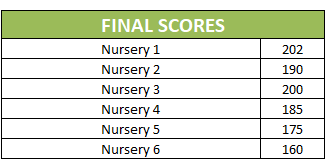 We’ve split the handy checklist into a handful of appropriate sections. Sections covered include location, convenience, fees, whether the nurseries accept Government-funded childcare schemes or vouchers, what’s included in the price, facilities and equipment, an appraisal of the nursery itself and staff,
We’ve split the handy checklist into a handful of appropriate sections. Sections covered include location, convenience, fees, whether the nurseries accept Government-funded childcare schemes or vouchers, what’s included in the price, facilities and equipment, an appraisal of the nursery itself and staff, 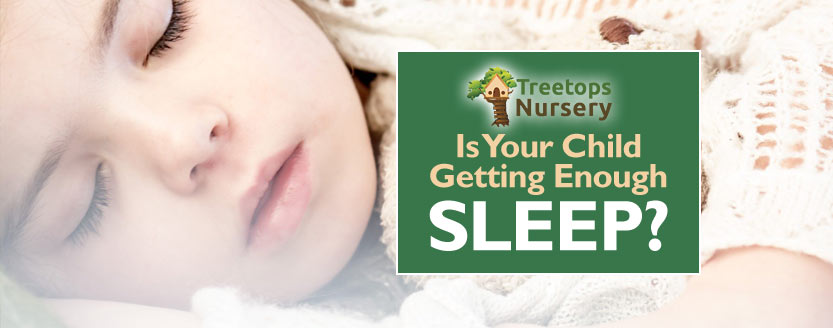
 The Adverse Effects of Too Little Sleep
The Adverse Effects of Too Little Sleep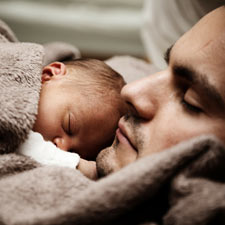 You can see that they require a little less sleep as they grow progressively older.
You can see that they require a little less sleep as they grow progressively older.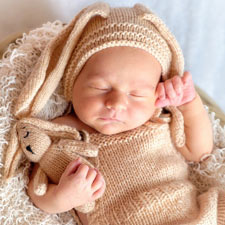 A Peaceful, Quiet, Bedroom Set-up
A Peaceful, Quiet, Bedroom Set-up Stimulants should be avoided before bedtime. Drinks containing caffeine will keep children awake, so none should be given any time after lunch time, ideally. Caffeine can be found in some fizzy drinks and energy drinks, as well as in tea and coffee. Warm milk, in contrast, will be non-stimulating and actually quite soothing. Be careful not to give drinks too close to bedtime, though, and remember to get the child to visit the loo before going to bed, otherwise they may need to wake up in the night to pay a visit.
Stimulants should be avoided before bedtime. Drinks containing caffeine will keep children awake, so none should be given any time after lunch time, ideally. Caffeine can be found in some fizzy drinks and energy drinks, as well as in tea and coffee. Warm milk, in contrast, will be non-stimulating and actually quite soothing. Be careful not to give drinks too close to bedtime, though, and remember to get the child to visit the loo before going to bed, otherwise they may need to wake up in the night to pay a visit.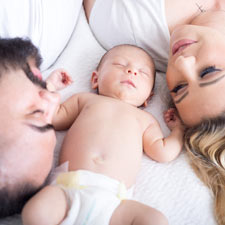 Children Visiting in the Night
Children Visiting in the Night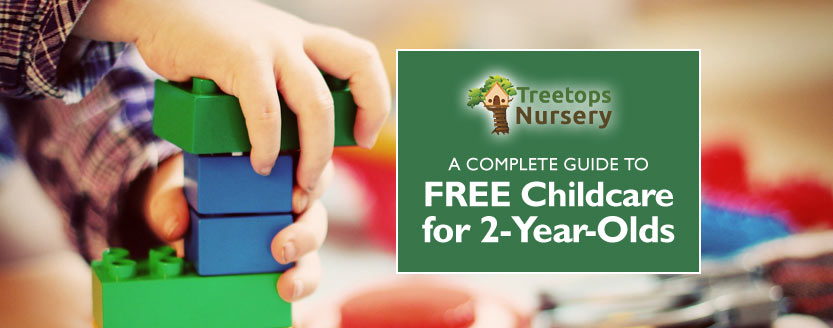
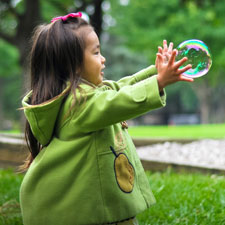 Have you heard about the free childcare funding that’s available for eligible 2-year-olds? Do you want to learn more? If you are a parent who is looking to work, or perhaps to get back into work after starting a family, then this could be a perfect solution for you and your toddler. Under a Government scheme, approved nurseries, pre-schools and childcare providers in England can supply up to 15 hours per week of childcare for eligible 2-year-olds. It’s an absolute no-brainer, so we thought we’d put together this comprehensive guide to tell you everything you need to know.
Have you heard about the free childcare funding that’s available for eligible 2-year-olds? Do you want to learn more? If you are a parent who is looking to work, or perhaps to get back into work after starting a family, then this could be a perfect solution for you and your toddler. Under a Government scheme, approved nurseries, pre-schools and childcare providers in England can supply up to 15 hours per week of childcare for eligible 2-year-olds. It’s an absolute no-brainer, so we thought we’d put together this comprehensive guide to tell you everything you need to know.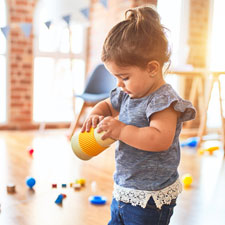
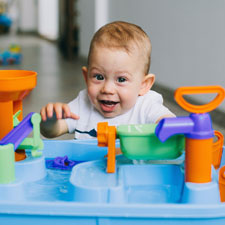
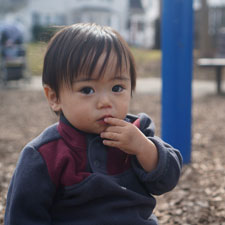
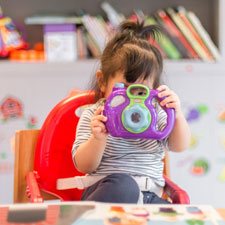
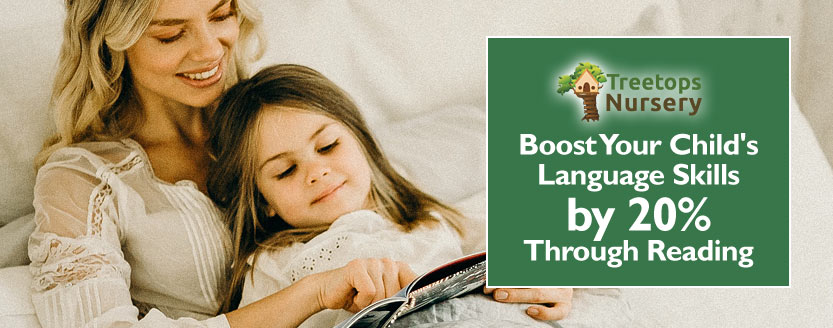
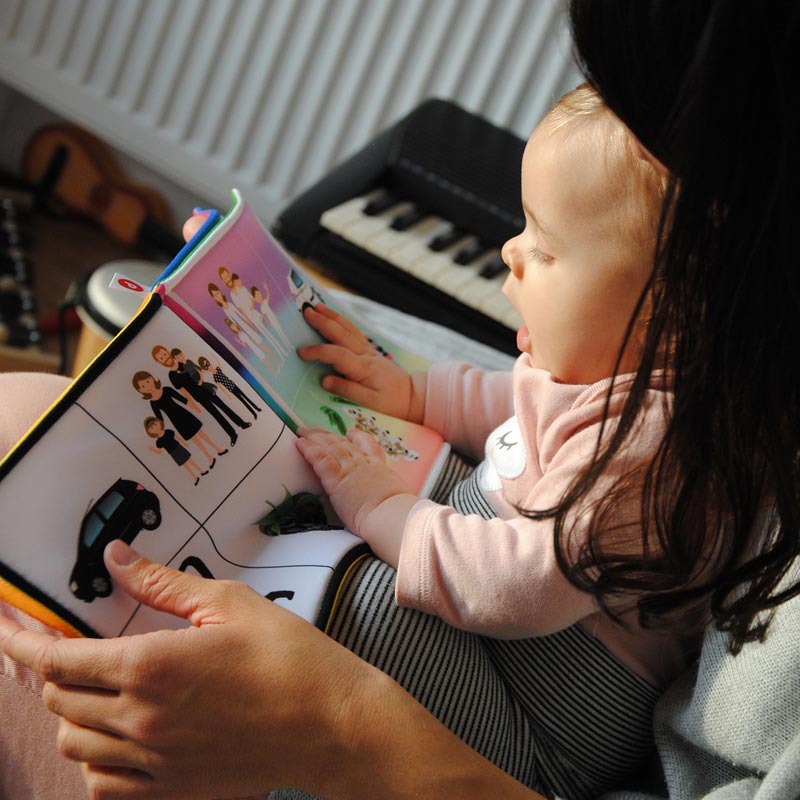 Back in July, we wrote a detailed article about
Back in July, we wrote a detailed article about 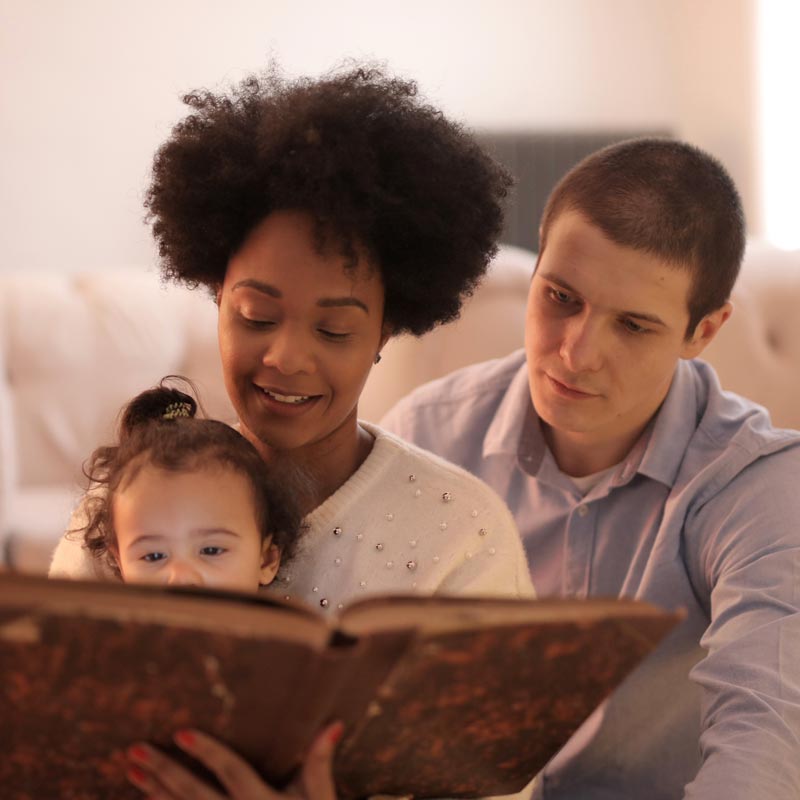 hat’s incredible when you bear in mind that the children studied were, on average, just 3¼ years old. An 8 month skills boost is therefore equivalent to an extra fifth of their entire lives! Such an impact, at a time when they’re right in the middle of their pre-school years, is incredibly important for them. After all, this is a critical time in their learning and development — and one that will have a profound impact on the rest of their lives.
hat’s incredible when you bear in mind that the children studied were, on average, just 3¼ years old. An 8 month skills boost is therefore equivalent to an extra fifth of their entire lives! Such an impact, at a time when they’re right in the middle of their pre-school years, is incredibly important for them. After all, this is a critical time in their learning and development — and one that will have a profound impact on the rest of their lives.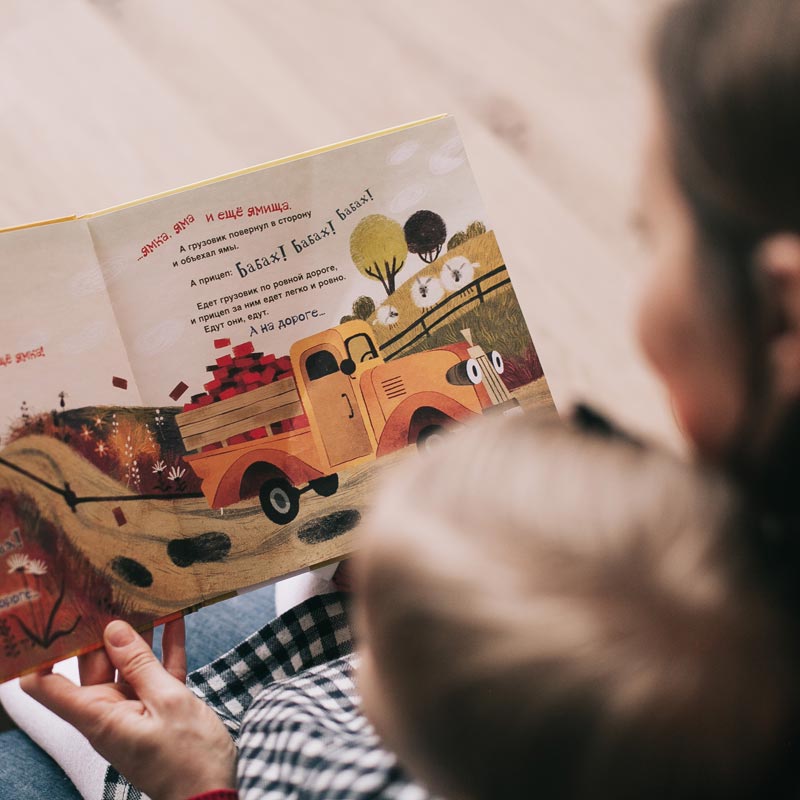
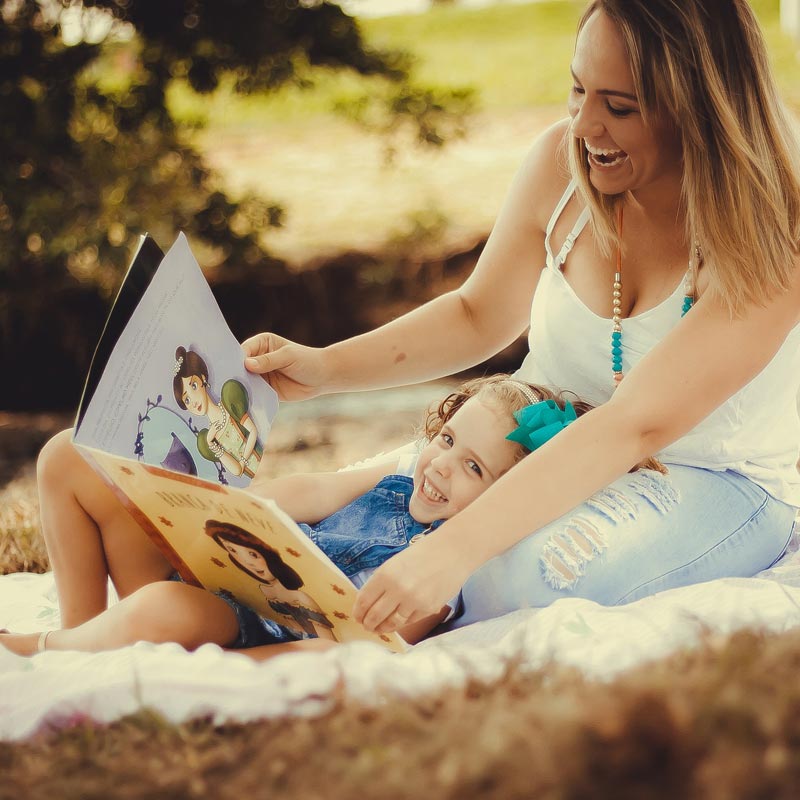
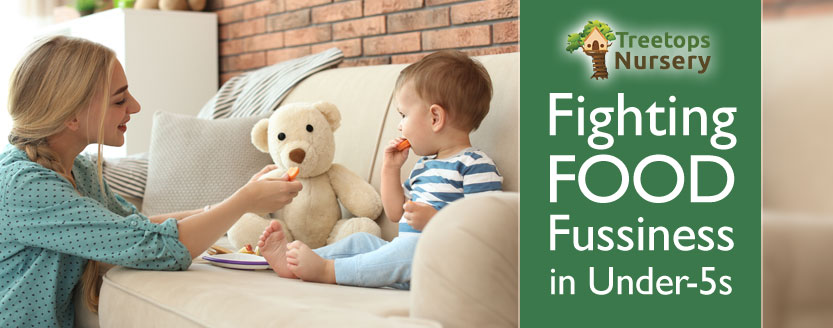
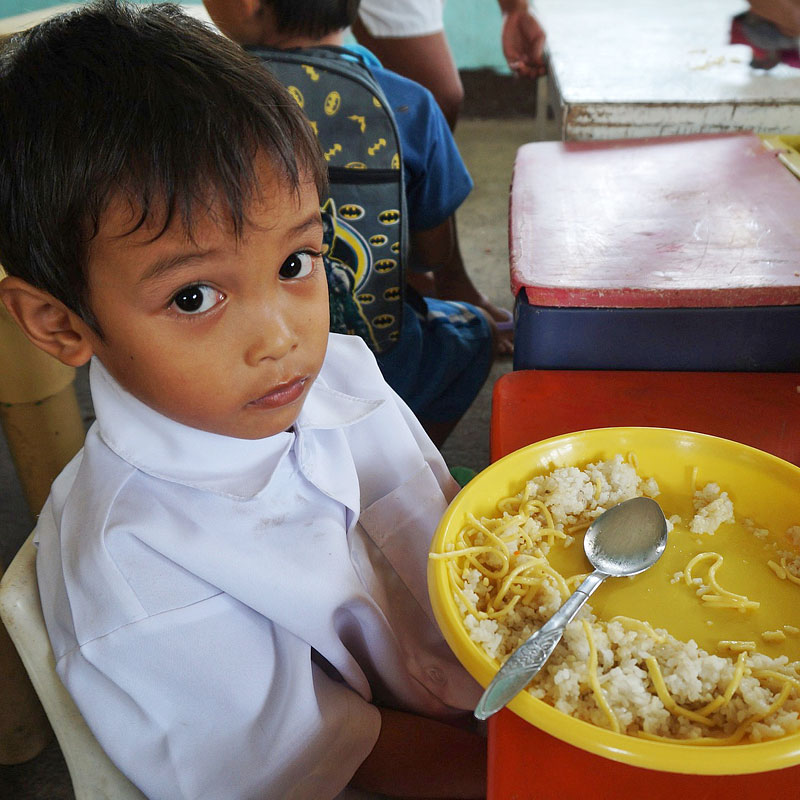 If your child’s refusal to eat certain foods is making you stressed, take a moment to realise that this is perfectly normal. Indeed, many toddlers go through such a phase in their earliest years. If they’ve recently been breastfeeding, they will have become accustomed to a sweet-tasting diet. When they are weaned onto solids and suddenly become mobile, it’s natural for them to be wary of eating just anything — it’s so new to them. In fact, refusing some foods is an instinctive survival mechanism. It’ll take time for them to become accustomed to new tastes and textures.
If your child’s refusal to eat certain foods is making you stressed, take a moment to realise that this is perfectly normal. Indeed, many toddlers go through such a phase in their earliest years. If they’ve recently been breastfeeding, they will have become accustomed to a sweet-tasting diet. When they are weaned onto solids and suddenly become mobile, it’s natural for them to be wary of eating just anything — it’s so new to them. In fact, refusing some foods is an instinctive survival mechanism. It’ll take time for them to become accustomed to new tastes and textures.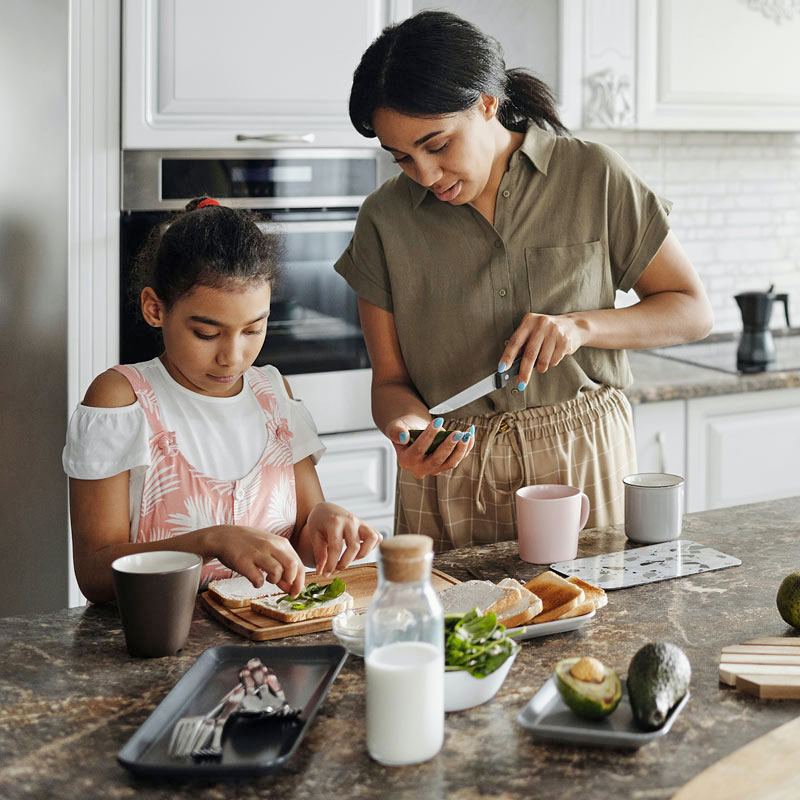 Involving children in planning meals, shopping for food and even preparing the food can encourage them to eat more food types. For example, they could help when picking vegetables or have a say in how food is displayed on the plate. You’ll also be teaching them new things along the way.
Involving children in planning meals, shopping for food and even preparing the food can encourage them to eat more food types. For example, they could help when picking vegetables or have a say in how food is displayed on the plate. You’ll also be teaching them new things along the way.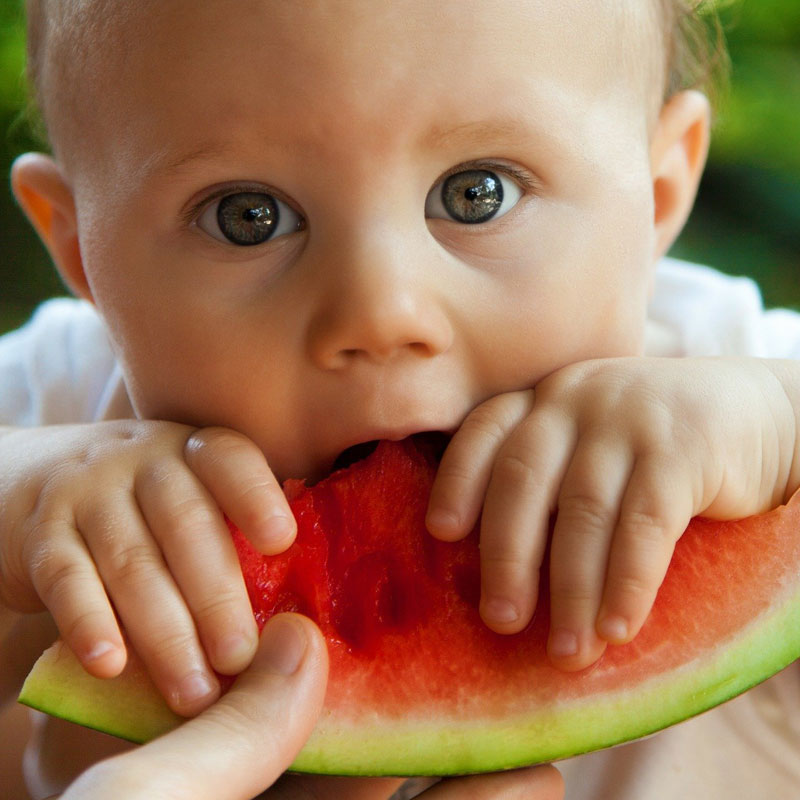 Using positive phases like yummy, tasty and so good when eating will help to build positivity around food. Talking about how food was prepared or how an item of fruit or vegetable grew in the garden may spark an extra level of interest in the child. Making food sound generally positive is a good approach. Remind the child how good the food will make them feel, how it will recharge them and make them energised and ready for the day’s tasks. For example, you could explain how they will have lots of energy for the swings, or park or when playing ball etc.
Using positive phases like yummy, tasty and so good when eating will help to build positivity around food. Talking about how food was prepared or how an item of fruit or vegetable grew in the garden may spark an extra level of interest in the child. Making food sound generally positive is a good approach. Remind the child how good the food will make them feel, how it will recharge them and make them energised and ready for the day’s tasks. For example, you could explain how they will have lots of energy for the swings, or park or when playing ball etc.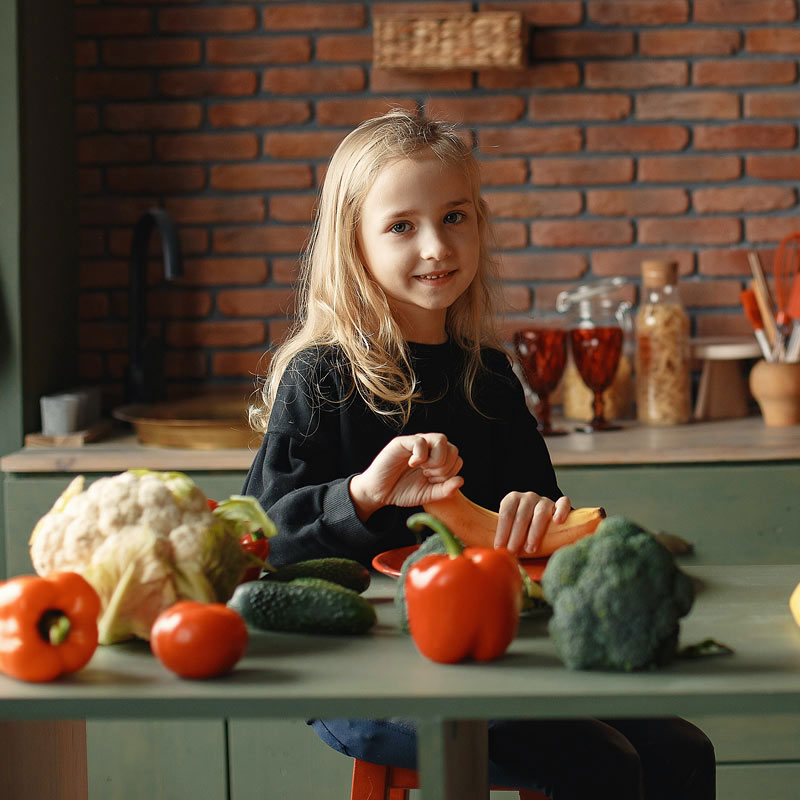 We confess that we’ve been known to employ a few of the tips above at the nursery! Healthy eating is very much in our DNA at Treetops Nursery in Willesden, NW10, so we do all we can to ensure that our under-fives are getting the right sized portions, healthy food and a good dietary balance. Our in-house chef prepares tasty meals using only the best, most fresh ingredients. All special dietary needs are catered for, including vegetarian and vegan options when required. Children attending all day will receive three high quality meals plus a snack in the morning and another in the afternoon. Drinking water is available on tap all day. All food and drink is covered within our standard fees.
We confess that we’ve been known to employ a few of the tips above at the nursery! Healthy eating is very much in our DNA at Treetops Nursery in Willesden, NW10, so we do all we can to ensure that our under-fives are getting the right sized portions, healthy food and a good dietary balance. Our in-house chef prepares tasty meals using only the best, most fresh ingredients. All special dietary needs are catered for, including vegetarian and vegan options when required. Children attending all day will receive three high quality meals plus a snack in the morning and another in the afternoon. Drinking water is available on tap all day. All food and drink is covered within our standard fees. 